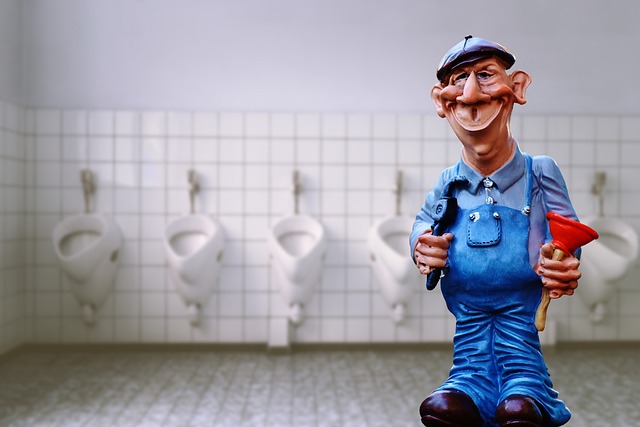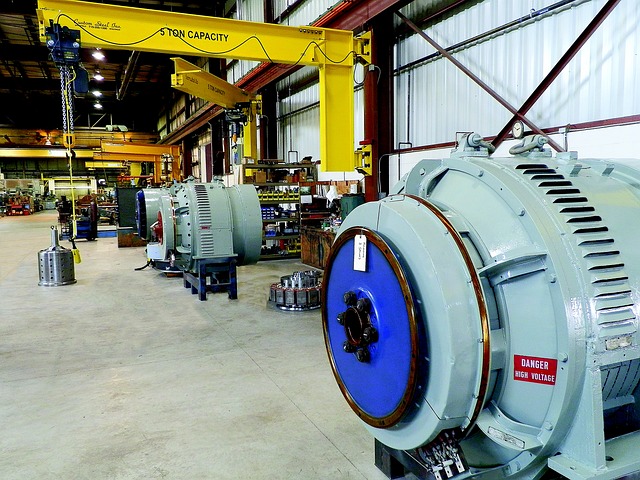Sewer repair is crucial for maintaining home plumbing and infrastructure. Damages from cracks, breaks, or blockages can cause leaks, backups, and structural issues. Modern techniques use specialized equipment for detection and repair, employing high-tech cameras, robotic technology, and durable materials. Choosing a reputable service with experience in local challenges ensures efficient, safe repairs. Regular maintenance through prevention strategies like avoiding clogs, planting non-rooting plants, and cautious digging can significantly reduce future sewer line problems.
Sewer line repairs are essential maintenance tasks that ensure your home or business remains functional and safe. This article guides you through the process of understanding sewer repair needs, recognizing common issues, and selecting the right service provider. We delve into modern techniques, offer maintenance tips to prevent future problems, and provide insights on choosing the best solution for your plumbing system.
Understanding Sewer Line Repair: What You Need to Know

Sewer line repair is a crucial aspect of home and property maintenance. Understanding what’s involved in this process is essential for homeowners to make informed decisions when faced with sewer-related issues.
When a sewer line develops cracks, breaks, or becomes blocked, it can lead to serious problems like plumbing leaks, sewage backups, and even structural damage to buildings. Prompt action on these issues is vital to prevent further complications. Professional sewer repair services employ specialized equipment and techniques to assess the extent of the damage, clear obstructions, replace or repair damaged sections, and ensure proper drainage.
Common Issues in Sewer Lines and Their Causes

Sewer lines, like any underground infrastructure, are susceptible to a range of issues over time. Common problems include blockages caused by grease, oil, and food debris buildup, as well as tree roots that infiltrate pipes and cause damage. Corrosion from chemicals in the water supply and soil erosion can also weaken sewer lines, leading to cracks or collapses. Another frequent issue is pipe damage due to shifting soil or construction work above ground. These issues not only lead to inefficient waste water flow but can also result in costly repairs or even complete line replacements.
Prompt identification of these problems through regular maintenance checks and professional inspections is crucial for minimizing the impact and expense of sewer repair. Understanding the specific causes of common sewer line issues allows for targeted prevention strategies, ensuring the longevity and efficiency of this essential urban infrastructure.
The Process of Sewer Repair: From Inspection to Restoration

The process of sewer repair begins with a thorough inspection. Expert technicians utilize advanced camera technology to peer into the sewers’ labyrinthine depths, identifying any damage or blockages. Once the extent of the issue is established, a tailored repair strategy is devised. This might involve replacing damaged pipes, clearing obstructions, or repairing joints and fittings. After the repair work is completed, the area is restored, ensuring no visible signs of the repair process remain. The restoration phase includes backfilling and compacting the soil to maintain structural integrity and prevent future issues. With these meticulous steps, sewer repairs are not only effective but also ensure the seamless continuation of a city’s vital sanitation infrastructure.
Modern Techniques for Efficient and Safe Sewer Repairs

Modern techniques for efficient and safe sewer repairs have revolutionized the way these critical infrastructure components are maintained. One notable advancement is the use of high-tech cameras to inspect sewer lines without excavation, allowing technicians to pinpoint issues accurately and non-invasively. This method not only saves time and money but also minimizes disruptions to surrounding properties and roads.
Another game-changer is robotic repair technology, which enables automated fixing of cracks, holes, and other damage with precision and speed. These robots can navigate complex labyrinthine sewer systems, reaching hard-to-access areas that traditional methods might struggle with. Additionally, advanced materials such as high-density polyethene (HDPE) pipes are now commonly used for replacements, offering durability, flexibility, and longevity in challenging underground environments.
Choosing the Right Sewer Repair Service Provider

Choosing the right sewer repair service provider is a crucial step in ensuring effective and efficient resolution of your plumbing issues. Look for companies with a proven track record of successful sewer line repairs, utilizing modern equipment and techniques. Experience counts; a provider familiar with your area’s unique challenges will be better equipped to handle complex situations.
Reputation is also key; check online reviews and ask for references from previous clients. Licensure and insurance are non-negotiable to protect both you and the service provider. Clear communication and transparent pricing demonstrate professionalism, ensuring you understand the scope of work and associated costs before any work begins.
Maintenance Tips to Prevent Future Sewer Line Problems

Regular maintenance is key to preventing future sewer line problems. One effective tip is to avoid pouring grease and fatty substances down the drain, as these can solidify in the pipes and lead to clogs. Additionally, scheduling routine inspections by a professional sewer repair service can help identify potential issues early on.
Another important practice is to plant at least 1-2 feet away from your sewer lines with non-rooting plants to prevent tree roots from infiltrating and damaging the pipes. Also, be mindful of not digging near existing sewer lines during home improvement projects, as accidental damage can cause costly repairs.
